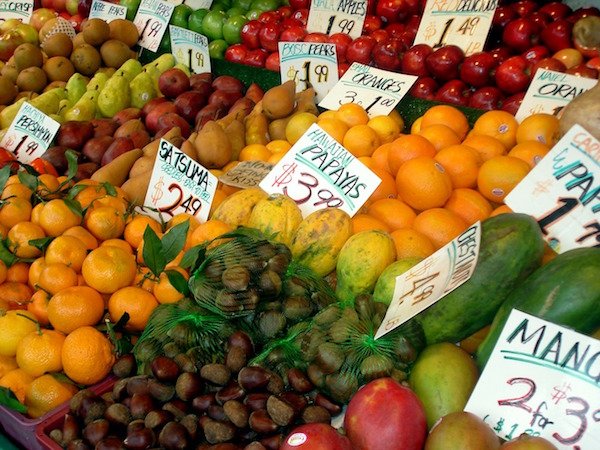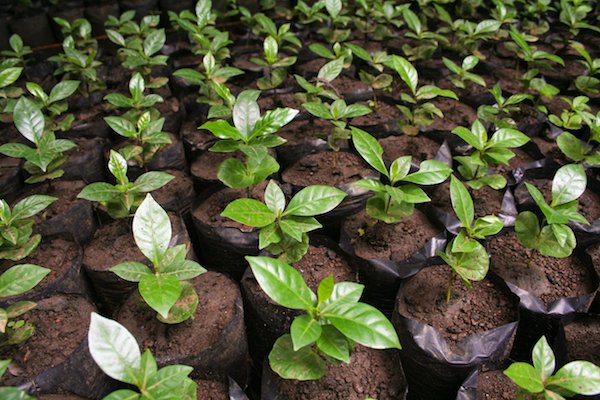I live in Seattle, a land of many stereotypes that I live into as I write this in a hip coffee shop with my compostable cup and “granola” sandals. Some of which being everyone shops at farmers markets, loves Amazon.com (Ice cream AND dish soap delivered in 2 hours?? Thank you Amazon Prime Now), listens to cooler music than you and are hipsters who know how to compost (that’s the GREEN bin, btw).
Did you know that earlier this year Seattle made it ILLEGAL to throw food into trash bins? And so far many Seattle-ites are taking this very seriously. And they aren’t the only ones. Similar laws have been passed in San Francisco, New York, and Portland. Personally, I didn’t grow up recycling or composting, but as I ventured onto university in Seattle I quickly learned how to.
Our landfills are filled to the brim, and adding “trash” that can be put to other natural uses is only making the problem worse. Compost is defined simply as “decayed organic material used as a plant fertilizer.” Whereas garbage is pretty much anything that can’t be composted or recycled, and in our modern waste management systems, this shouldn’t be much.
Here are 3 things I’ve learned from that green bin:
1. Food needs to be processed differently.
When food and other natural compostable items are processed in a landfill they produce methane, and methane is main contributor to climate degradation. In fact, food that is processed in landfills counts for up to 21% of the methane found on earth. And that can easily be diminished by sorting your rotten veggies into compost instead of trash.
So what happens in city composting? This organic matter goes to composting plants where they can break down and are then given or sold to businesses that can use compost for growing plants and produce, or making items like compostable utensils and cups. Essentially it’s all being recycled again and reducing the city’s carbon footprint. And in a city like Seattle, where coffee cups in hand are pretty much outfit accessories, this is really important.

2. Think twice about how much food you are wasting.
When you’re required to sort your food from recyclables and trash, you are also required to take personal inventory of what are you throwing out. I started asking myself questions like, “wait, could I use this half onion for breakfast tomorrow?” and realizing I should bring my leftovers to the office for lunch tomorrow instead of throwing them out right away.
My shopping changed, too. I started looking at expiration dates more and planning meals knowing that whatever I didn’t eat would be composted. It seemed like a waste to buy a bag of lettuce in my attempt to be “healthy” and not actually have a plan to eat it. In turn, I started saving money instead of wasting food.
3. Less waste means a few steps closer to a hungerfree world.
Ready for something crazy…?
40% of food in the US goes uneaten! Almost half of our food rots, likely ending up in landfills. That’s $161 billion worth of food wasted in the United States alone!
Not only does food waste cost Americans billions of dollars every year, it also wastes the resources used to produce the food. The farmer that grew that rotten celery in the bottom of your fridge used water to hydrate the plant, fertilizer to keep the soil full of nutrients, and pesticides to keep pests away. Using these resources has an environmental impact, even when they are used responsibly. Food waste means the farmer used these precious resources for nothing.
Now is the time for us to make conscious choices about our food. When we do so, we can positively affect our environment and be more mindful of what it will take to ensure everyone has enough food for today and tomorrow.